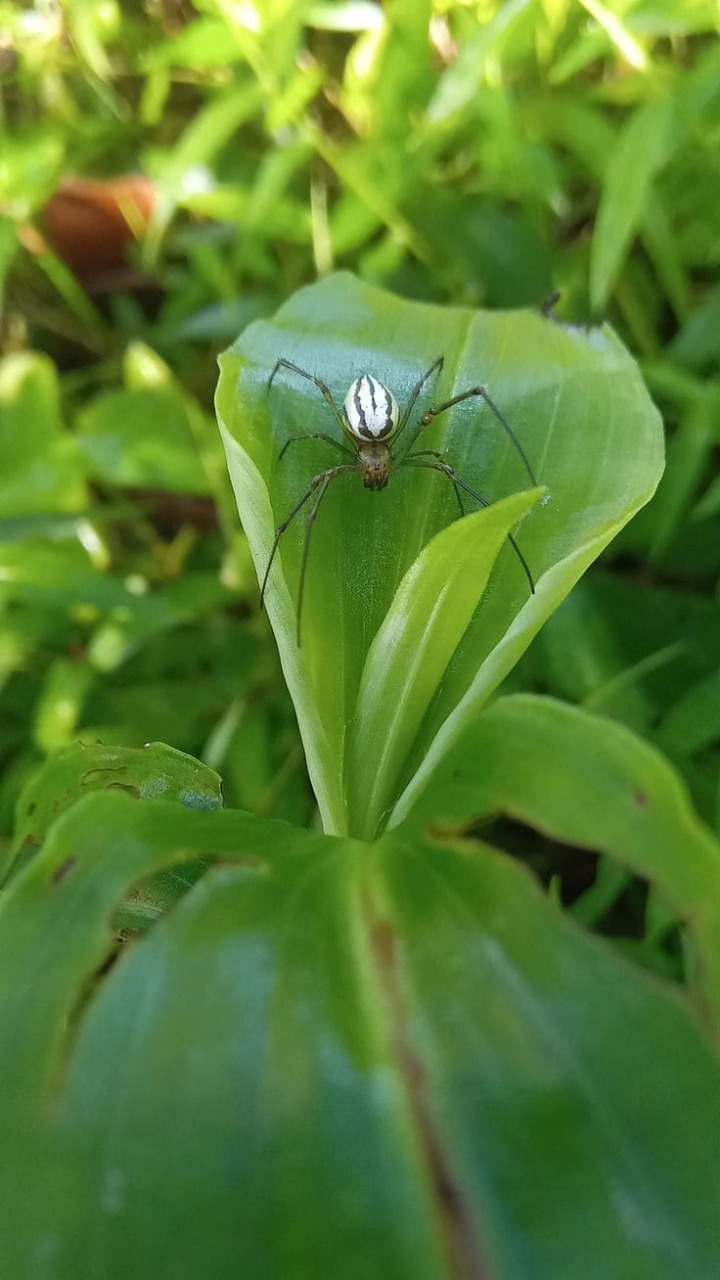What’s lovely is that hoverflies do double duty: pollination and pest control, all from one little winged body. Scatter clusters of flat-topped blooms around your garden, and you’ll see them floating in before you know it.
#4. Parasitic Wasps
10 Beneficial Insects You Should Invite to Your Garden
Scientific name: Various genera (e.g., Trichogramma, Aphidius)
Targets: Aphids, caterpillars, leafminers, whiteflies
Best stage: Adult (lays eggs inside or on pests)
How to attract: Dill, parsley, fennel, Queen Anne’s lace
You won’t always see them working, but you’ll see their impact, little mummified aphids, stilled leafminers, or parasitized caterpillars that never made it to adulthood. These wasps don’t sting people, but they’re ruthless when it comes to pests.
There are thousands of species, most of them barely visible to the naked eye. Some lay their eggs inside aphids; others go for larger targets like tomato hornworms.
To welcome them, plant umbel-shaped flowers and let some herbs go to seed. You’re not just feeding pollinators, you’re feeding a microscopic security force.
#5. Ground Beetles
10 Beneficial Insects You Should Invite to Your Garden
Scientific name: Carabidae
Targets: Slugs, caterpillars, cutworms, root maggots
Best stage: Both larvae and adults
How to attract: Leave mulch, stones, logs, or leaf litter
These armored beetles don’t fly much, but they run and fast.
You’ll find them scurrying across the soil surface at night, hunting down pests that hide from the sun. With over 2,000 species in North America alone, you likely already have a few.
What they need is shelter. A clean, overly pruned garden doesn’t work for them. But if you give them mulch to hide under and a few damp corners, they’ll stay and work for you while you sleep.
#6. Praying Mantises
10 Beneficial Insects You Should Invite to Your Garden
Scientific name: Mantodea
Targets: Grasshoppers, beetles, flies, moths
Best stage: Adults
How to attract: Tall grasses, shrubs, and native plants
With their triangular heads and slow, meditative movements, mantises seem almost otherworldly. They wait with their forelegs folded like monks in prayer then strike with astonishing speed.
Mantises are generalists. That means they’ll eat bad bugs… and sometimes good ones too. But they’re still valuable in areas with heavy pest infestations.
If you’re trying to attract them, create vertical structure: ornamental grasses, tall herbs, or climbing vines. They prefer the shadows and stillness of layered plant life.
#7. Spiders
10 Beneficial Insects You Should Invite to Your Garden
Scientific name: Various species (e.g., Araneidae, Salticidae)
Targets: Flies, mosquitoes, gnats, moths
Best stage: All
How to attract: Mixed-height vegetation, quiet corners, undisturbed webs
Before you swat or scream, know this: your average garden spider is doing you a favor. They build webs that trap flying insects, especially in the early morning and dusk when pests are most active.
SEE NEXT PAGE
ADVERTISEMENT

